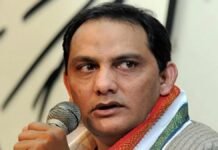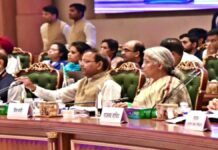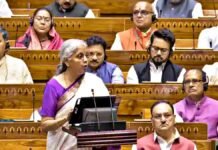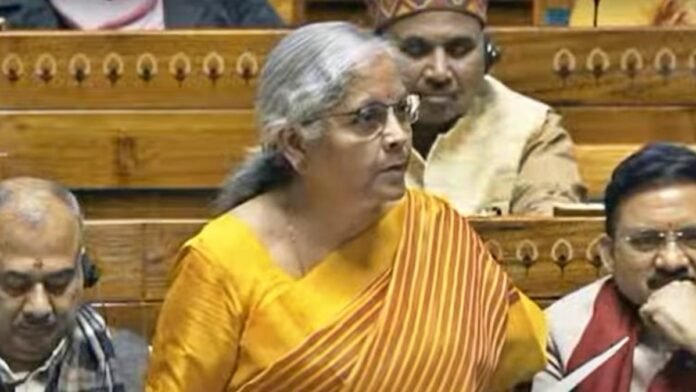
New Delhi: Finance Minister Nirmala Sitharaman on Monday presented the Economic Survey 2023-24 in Parliament, setting the stage for the much-anticipated Union Budget 2024-25, which will be unveiled in Lok Sabha tomorrow. The survey presents an optimistic view of India’s economic future, forecasting a GDP growth of 6.5-7% for FY25 and predicting a reduction in inflation to 4.5%. Here’s a detailed analysis of the key takeaways from the Economic Survey 2023-24:
India’s Current Macroeconomic Environment: Stability Amidst Turbulence
India’s economy is demonstrating remarkable resilience and stability, even in the face of global geopolitical challenges. The post-Covid recovery has been well consolidated, with fiscal and monetary policies ensuring economic and financial stability. However, continuous efforts are required for sustained growth, given the complex global environment.
Insight: “For the recovery to be sustained, there has to be heavy lifting on the domestic front because the environment has become extraordinarily difficult to reach agreements on key global issues such as trade, investment, and climate,” states the Economic Survey.
GDP Growth: Domestic Drivers Fuel Optimism
The Economic Survey projects a robust real GDP growth rate of 6.5-7% for FY25. This growth is driven by strong domestic factors despite global economic uncertainties. Improved corporate balance sheets are expected to support private-sector investment. Favorable weather predictions and a well-distributed southwest monsoon are likely to enhance agricultural performance and stimulate rural demand. Structural reforms such as the GST and the IBC are also showing positive results.
Inflation Trends: Effective Management Amid Global Pressures
The Economic Survey highlights the successful management of inflationary pressures caused by global supply chain disruptions and erratic monsoons. Retail inflation dropped from an average of 6.7% in FY23 to 5.4% in FY24, driven by decreases in core inflation for both goods and services.
Food Inflation: Despite challenges in the agriculture sector due to extreme weather and depleted reservoirs, food inflation rose from 6.6% in FY23 to 7.5% in FY24. However, the RBI projects inflation to fall to 4.5% in FY25 and 4.1% in FY26, assuming normal monsoon conditions.
Fiscal Position & External Outlook: Progressive Improvement
Despite increased public investment, India’s fiscal balance has shown steady improvement, thanks to tax compliance reforms, expenditure restraint, and digitization. The current account deficit (CAD) improved from 2.0% of GDP in FY23 to 0.7% of GDP in FY24, aided by strong services exports.
Fiscal Deficit: The Union Government’s fiscal deficit decreased from 6.4% of GDP in FY23 to 5.6% of GDP in FY24, reflecting India’s commitment to fiscal consolidation.
Medium-Term Outlook: Navigating Global Trends
India’s medium-term growth outlook will be influenced by global trends such as geo-economic fragmentation, a push for self-reliance, climate change, technological advancements, and limited policy space. Key policy areas include job and skill creation, agricultural potential, MSME development, green transition financing, and addressing health and inequality issues.
Amrit Kaal Growth Strategy: Six Pillars of Progress
The strategy for Amrit Kaal focuses on:
- Boosting private investment.
- Expanding MSMEs.
- Leveraging agriculture for growth.
- Securing green transition financing.
- Bridging the education-employment gap.
- Enhancing state capacity and capability.
Healthcare and Education: Reform and Empowerment
The Economic Survey emphasizes a reformed approach to welfare, with a focus on empowerment, universal access to necessities, and private sector participation. The NEP 2020 drives transformation in education, focusing on foundational literacy and numeracy. In healthcare, the Ayushman Bharat scheme has significantly reduced out-of-pocket expenses, covering millions of hospital admissions and saving substantial costs for families.
Employment and Skill Development: Harnessing Demographic Dividend
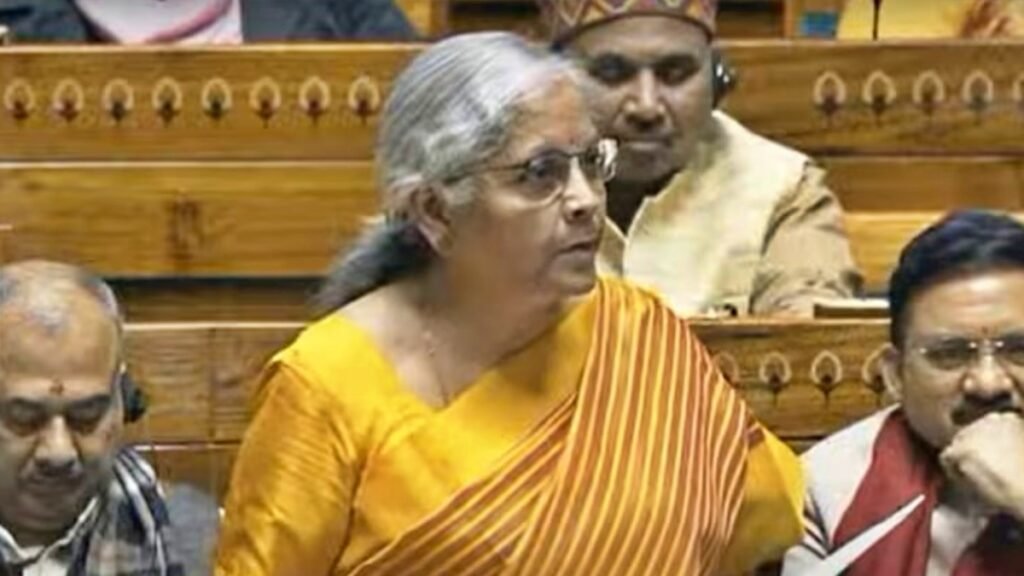
Labor market indicators have improved, with the unemployment rate declining to 3.2% in 2022-23. Increased youth and female workforce participation signals opportunities for demographic and gender dividends. Formal employment growth is reflected in the doubling of net payroll additions under EPFO in the past five years.
Future Workforce Needs: The Economic Survey emphasizes the need for India to create 7.85 million jobs annually in the non-farm sector until 2030.
With these comprehensive insights, the Economic Survey 2023-24 sets an optimistic tone for India’s economic trajectory, highlighting resilience, strategic reforms, and a forward-looking growth strategy as key pillars for the upcoming Union Budget 2024-25.















